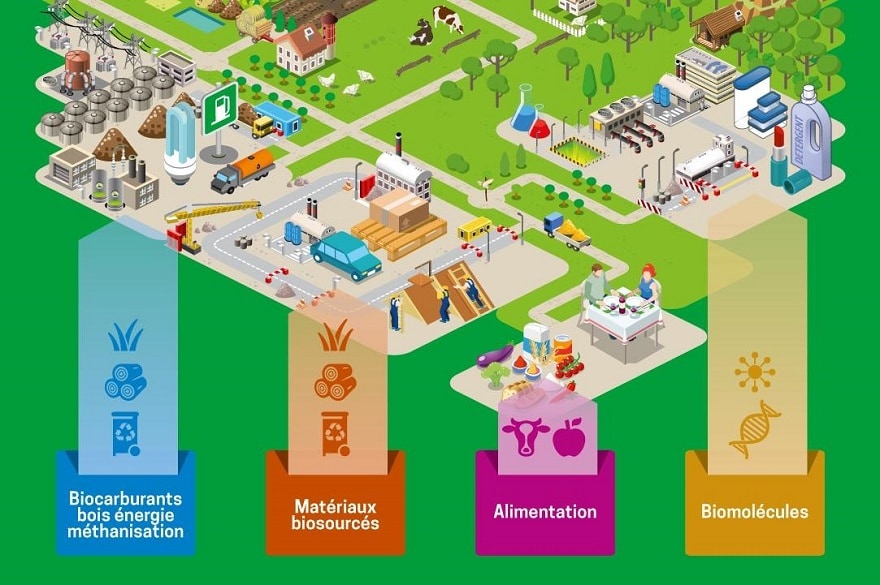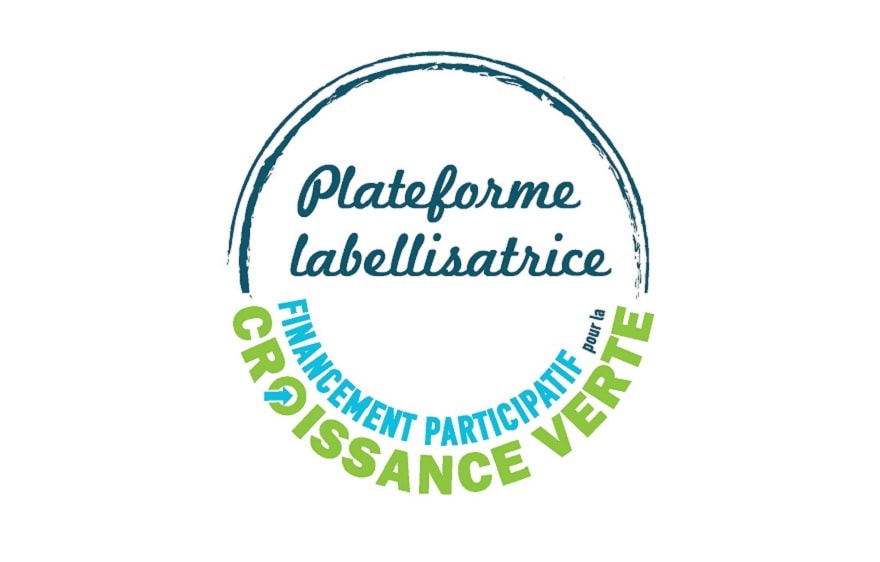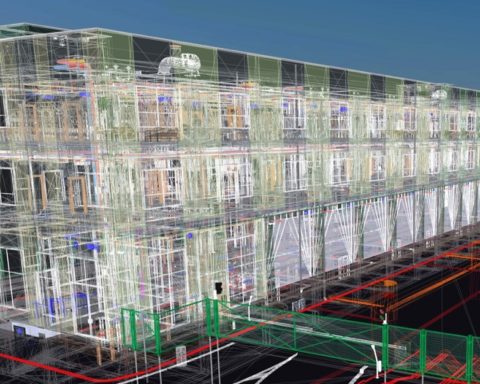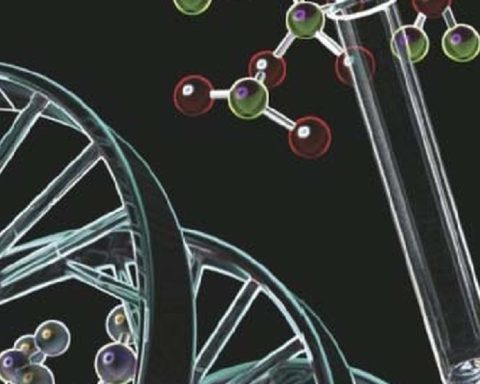Over 300 scientists from 11 countries around the world met last June for a symposium on the bioeconomy organized by Inra and Irstea, in partnership with the French Ministries of Agriculture and Research. Their aim: to identify priority research questions in the light of current knowledge and developments in the bioeconomy. Four " position paper " have just been finalized, proposing courses of action for national and European decision-makers. These documents will contribute to discussions at the next Global Bioeconomy Summit scheduled for April 2018 in Berlin.
The bioeconomy is on the agenda of many research policies. It represents " the economy based on the production of renewable biological resources (biomass) and their conversion into food, feed, bio-based products and bioenergy. This field covers agriculture, forestry, paper-making, the sea and its products, as well as the bio-based chemical, biotechnology and energy industries. "
Following in the footsteps of other European countries, including Spain and Italy in 2016, the national strategy for the bioeconomy was published by the French government on January 18, 2017. Translation into action plans is underway, with strong expectations from the ministries in charge of agriculture, the economy, the environment, and research. The law on energy transition for green growth (LTECV) published in the Journal Officiel on August 18, 2015 also brings targets on the reduction of greenhouse gas emissions and energy consumption.
During the symposium, over 300 scientists and stakeholders from Europe and beyond (Burkina Faso, Canada, Gambia, Georgia, Guinea, Morocco, Russia, USA, Colombia) identified priority research questions in the light of current knowledge and expected transitions.
Their conclusions :
> Act collectively to overcome disciplinary and economic silos and build a systemic approach that goes beyond the segmentation of sectors.
The reorientation of diets, the development of biorefineries, cascading uses and the looping of cycles are bringing about interconnections between players, and partly placing them in the circular economy. New economic opportunities are emerging with new uses for co-products, leading to the disappearance of the notion of waste. Agro-ecology is also illustrative of this change, where cropping systems would benefit from relying more on rules of crop association and succession. Downstream flexibility in the face of expected resource variability calls for a rethinking of processes and relationships between players. Faced with all these challenges, a consensus has emerged on the need for upstream-downstream integration, food-energy-chemistry, food-livestock-agriculture, and the need to reinforce coherence between public policies concerned by biomass (food, CAP, energy, climate, trade, cities). These coherence frameworks can be supported by research.
> Engage players in new technological and organizational levers.
Living labs, for example, are a welcome solution for facilitating the appropriation of innovations, their experimental assembly and the identification of possible negative effects. Ecological transitions will thus be facilitated by taking into account societal expectations and behaviors.
> Identify the relevant scale(s) of application for implementing bioeconomy policies.
Territories, identifiable in particular by their pedoclimatic and/or agroecological potential, are then the point of consensus adopted to accompany developments and establish transitions. And the diversity of territories leads to the absence of generic solutions). Resource mobilization remains a limiting factor in the exploitation of forest biomass in particular. Different bioeconomy schemes are conceivable in Europe. This differentiation also extends to developing countries, which may adopt original trajectories.
> Assessing sustainability
The economic pillar is currently well equipped, but the social and environmental pillars still require methodological work. In particular, ecosystem services represent a major issue in the choice of human activities within natural systems that are always specific. Their accurate characterization, the acquisition and sharing of relevant data, and their inclusion in public policies are all necessary if society is to adhere to the development plans for the bioeconomy.












